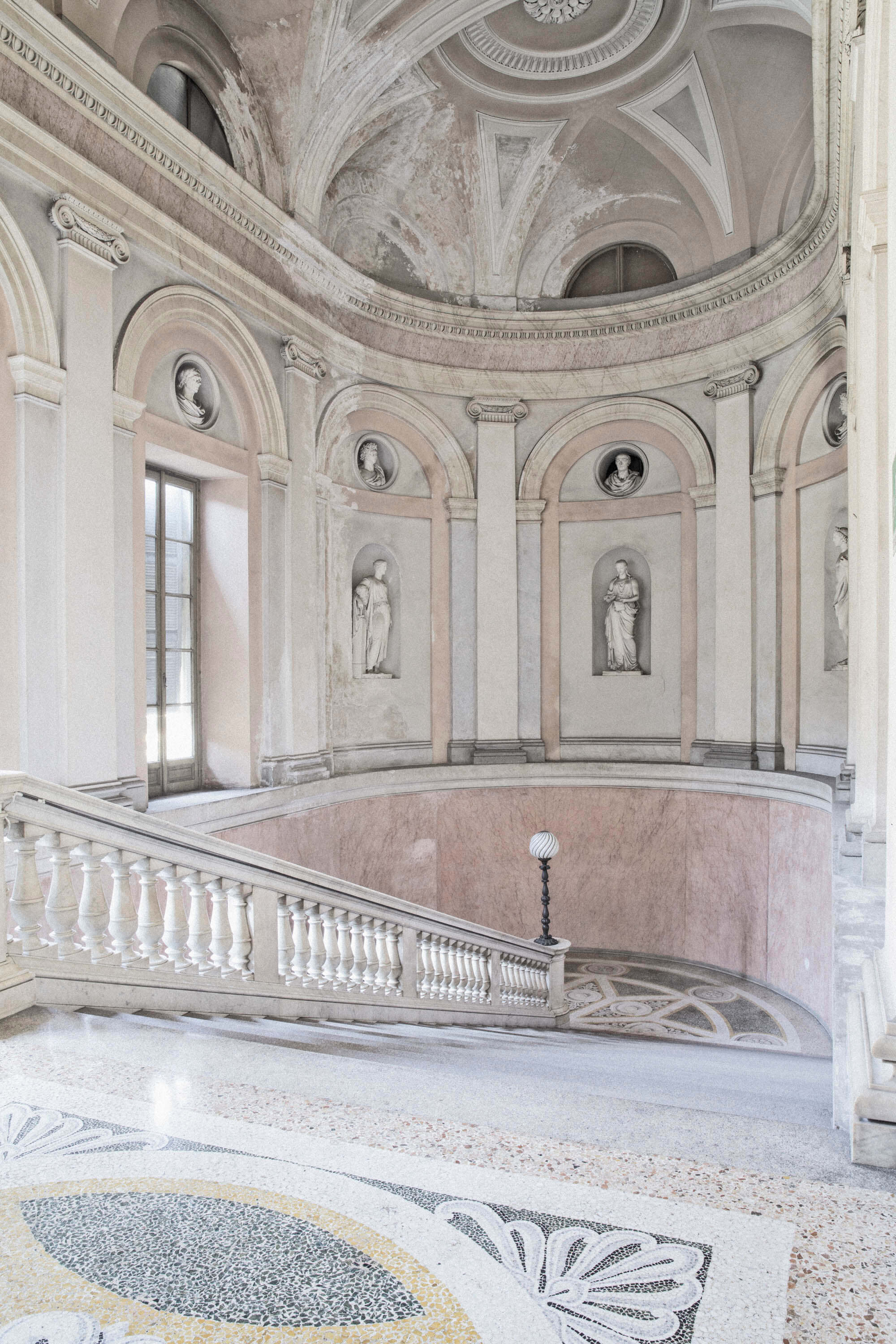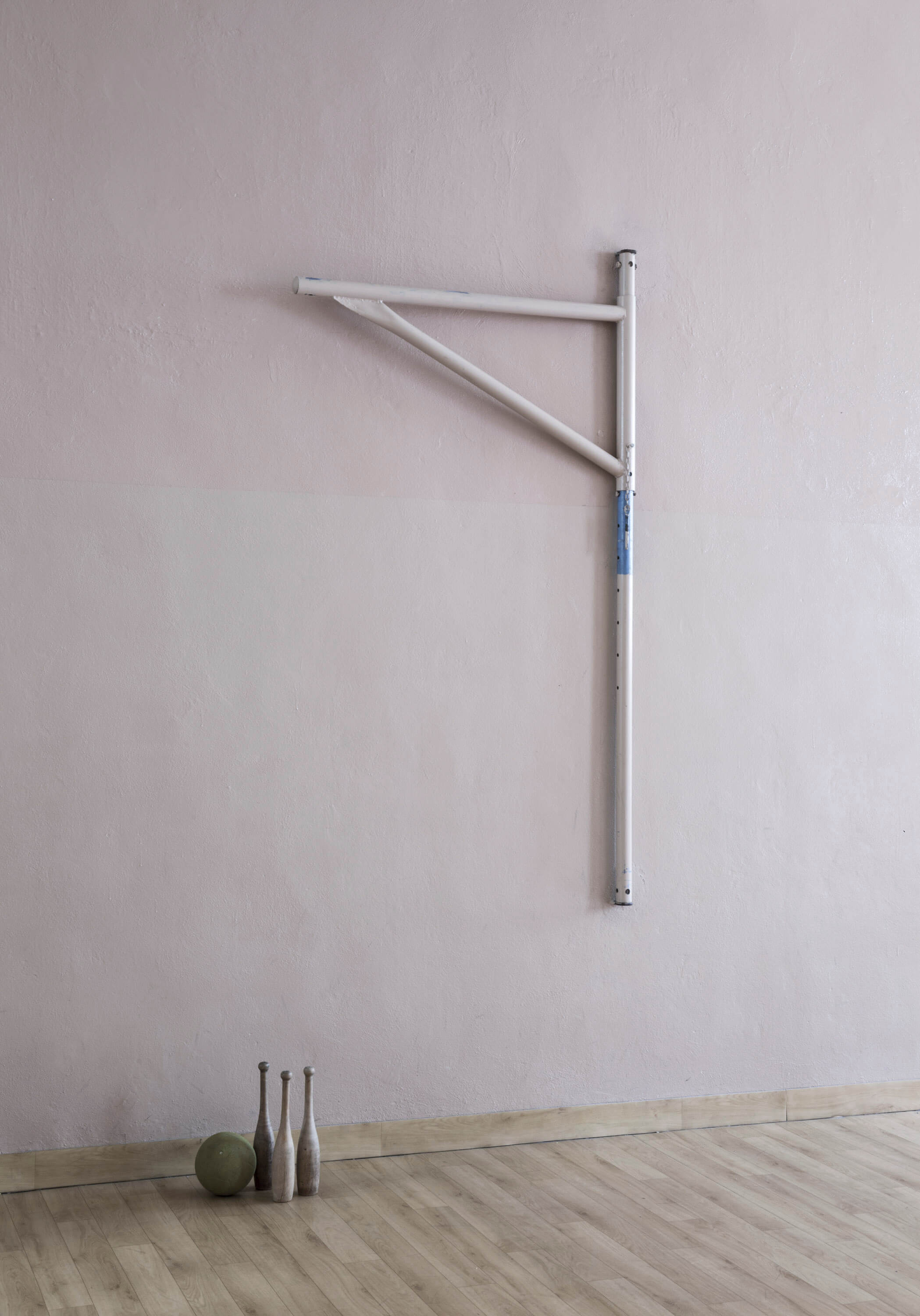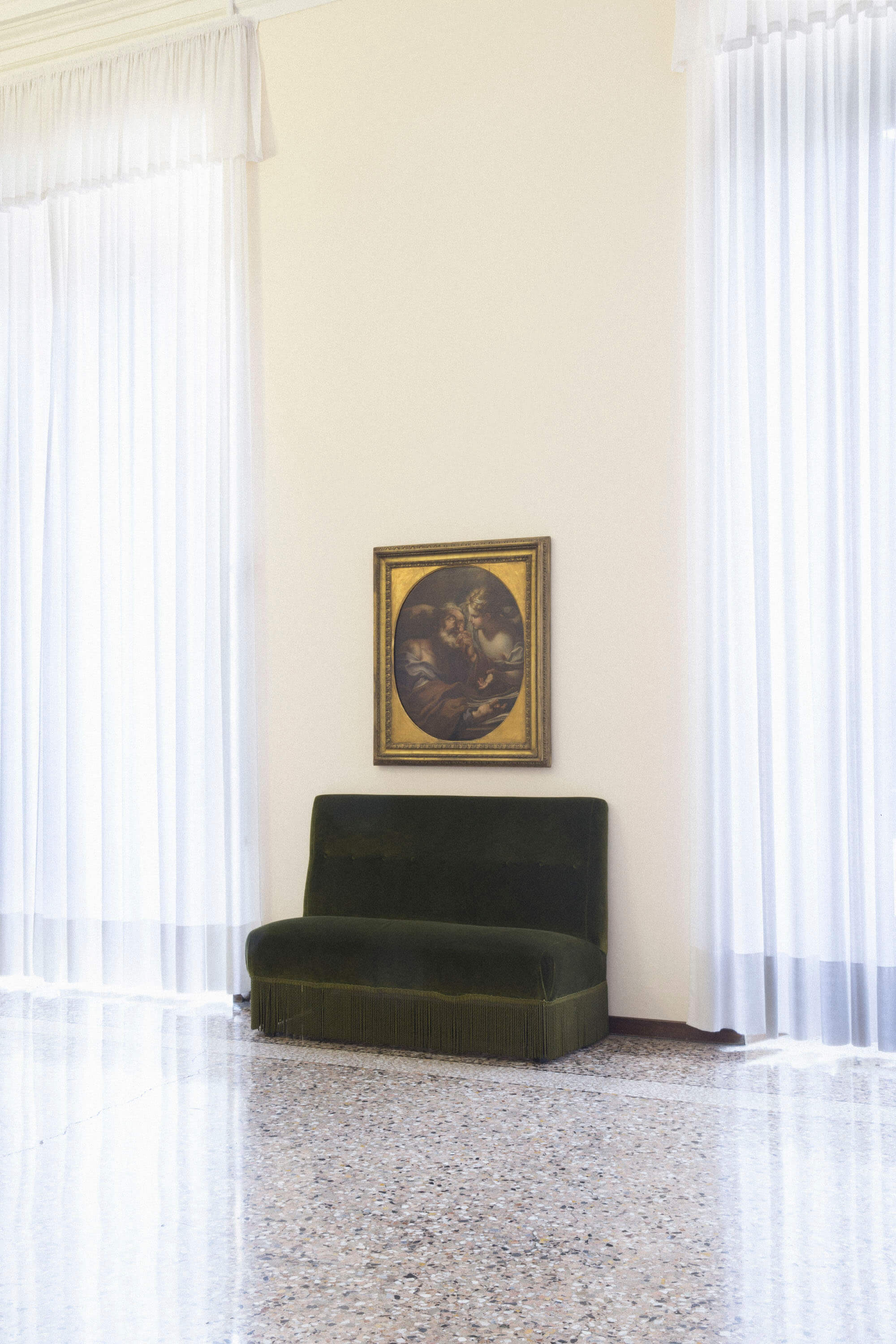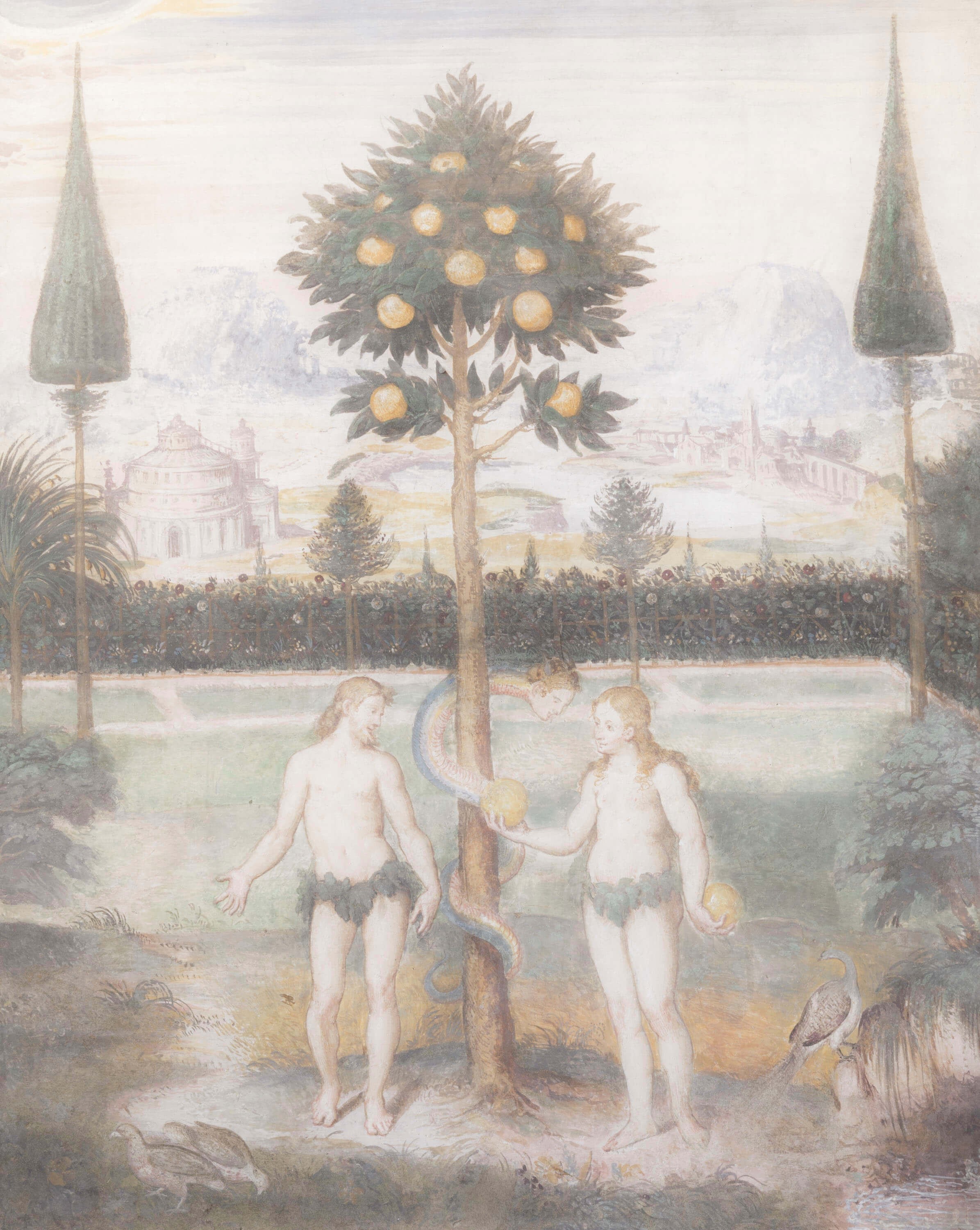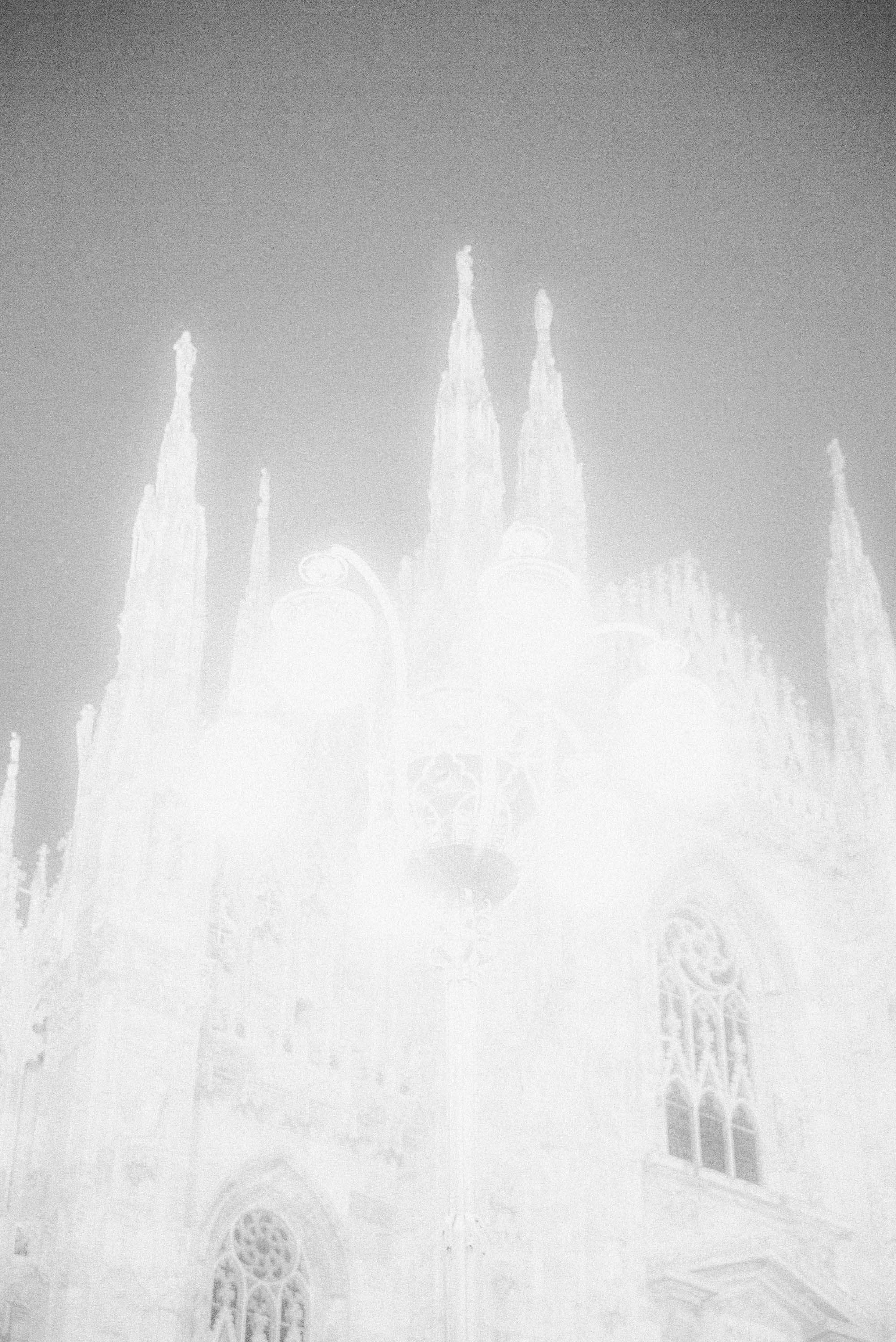
In October 2012 I left Milan, the city of my birth and childhood, to go to Berlin, a metropolis that had fascinated me for some time, and where I have now been living for the last forty-eight months. My ideas as to what it had to offer pleasantly confirmed – immense green areas, a laidback lifestyle, a wide spectrum of culture – I made the unexpected discovery that, all in all, in the end the German capital was not the place for me. What I thought was a solid relationship instead proved to be a passing love affair. Beautiful but tormented, together with the memory of splendid moments, it has left me with various misunderstandings and the feeling that it’s true that “there is no place like home”.
For obvious reasons, I’ve often come back to Milan in these four years, and, with the eyes of someone who’s used to looking at other sights, I’ve noticed its remarkable changes. Trip after trip I discovered a beauty and vitality that maybe I hadn’t seen in the past or, as many maintain, the city didn’t possess before its recent restyling.
Four years ago I thought that one of Milan’s main shortcomings was its size. “Too small and narrow”, I pondered to myself, longing for the great Allee, the views over the Spree and the Zwischenräume (literally the “spaces between” the buildings) in Berlin. Today, as I get ready to go back to live in Milan full time, it seems that its relatively small size is instead one of its main qualities. It means you can leave the house on a Saturday morning in spring and wander aimlessly, discovering corners and details that you had never taken any notice of, to then find yourself perhaps going into an art gallery on spec just after lunch, or going out just in time to meet some friends for an aperitivo or dinner.
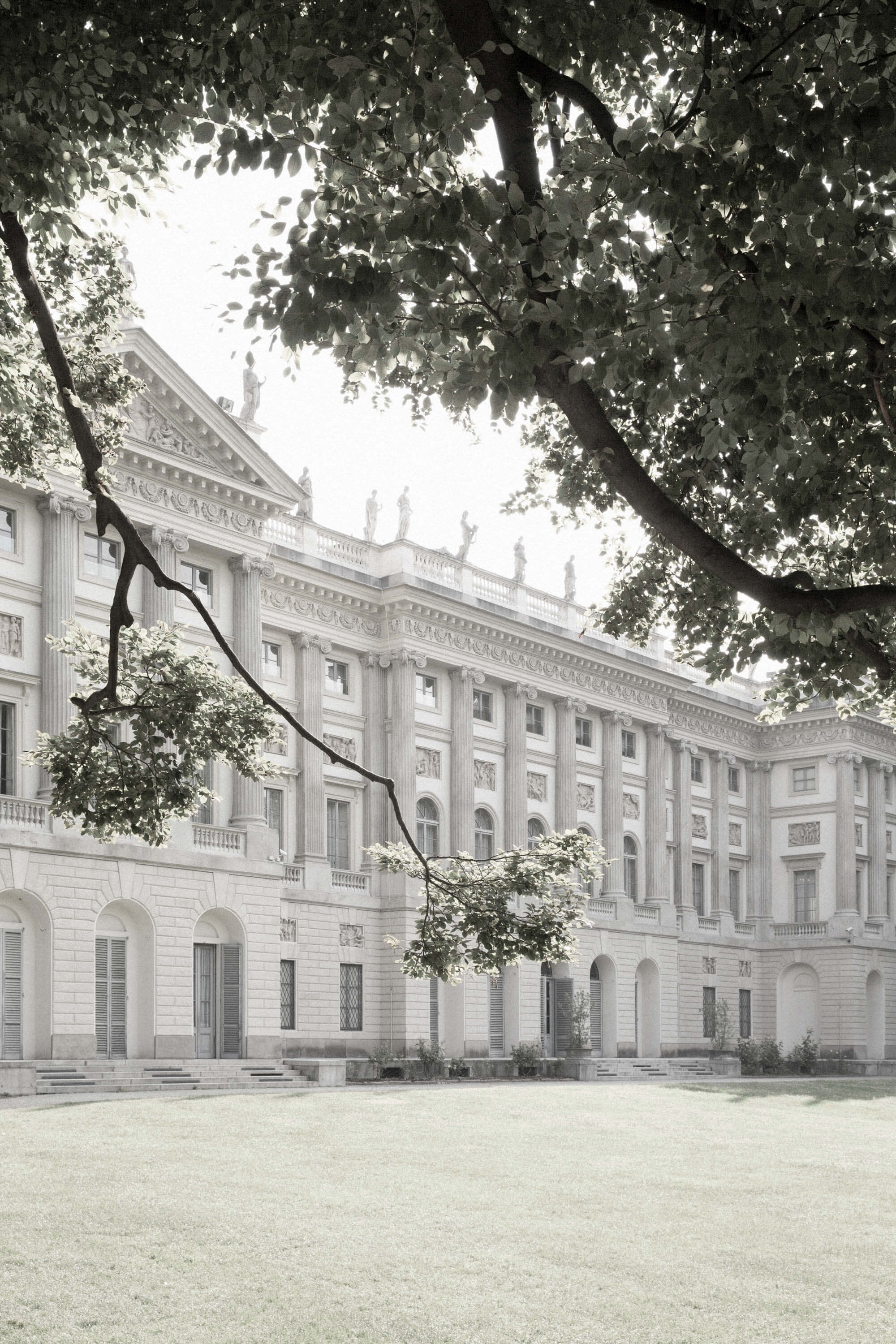
Little luxuries and habits unknown to the inhabitants of great sprawling metropolises. I had never been able to appreciate this lazy strolling enough, until I found myself living in a city where they consider themselves neighbours if they live four U-Bahn stops away. So a Milan of small Sunday outings, the opposite of how people imagine it from the outside, of how it’s painted in the usual opinion, as a frenetic and always busy, chaotic and polluted city.
As the latest arrogant acquisitions on its “skyline” never fail to remind us, Milan is undeniably these things too – it is still the Italian capital of business, fashion, design, communication and finance. But, neither its vocation for production nor its showy new additions for Expo are the be all and end all.
Another thing that I often complained about before I left the city is how it was “all the same”, without any contrasts or differences from one neighbourhood to the next like in other metropolises. Of course I was wrong. Now it seems to me that, alongside a certain inevitable conformity, Milan boasts a wide range of contrasts, ensured by the co-existence of layers of sophistication and an oasis of bare-faced simplicity.
And so an itinerary I love is when you step that bit further to go through Sarpi’s Chinatown and on to Brera all’Isola, both former working class neighbourhoods, which, at varying times, have become something different. This walk of just over half an hour also takes you through the city’s history and some of its more significant districts: places where decades, centuries even, of transformations and migrations from inside and outside Italy have come to rest in the urban fabric, whose hip ‘n’ chic new inhabitants, in their New Balance trainers or Berluti shoes, still live side by side with the old antiquarians, markets and trattoria and their ne’er changing routine.
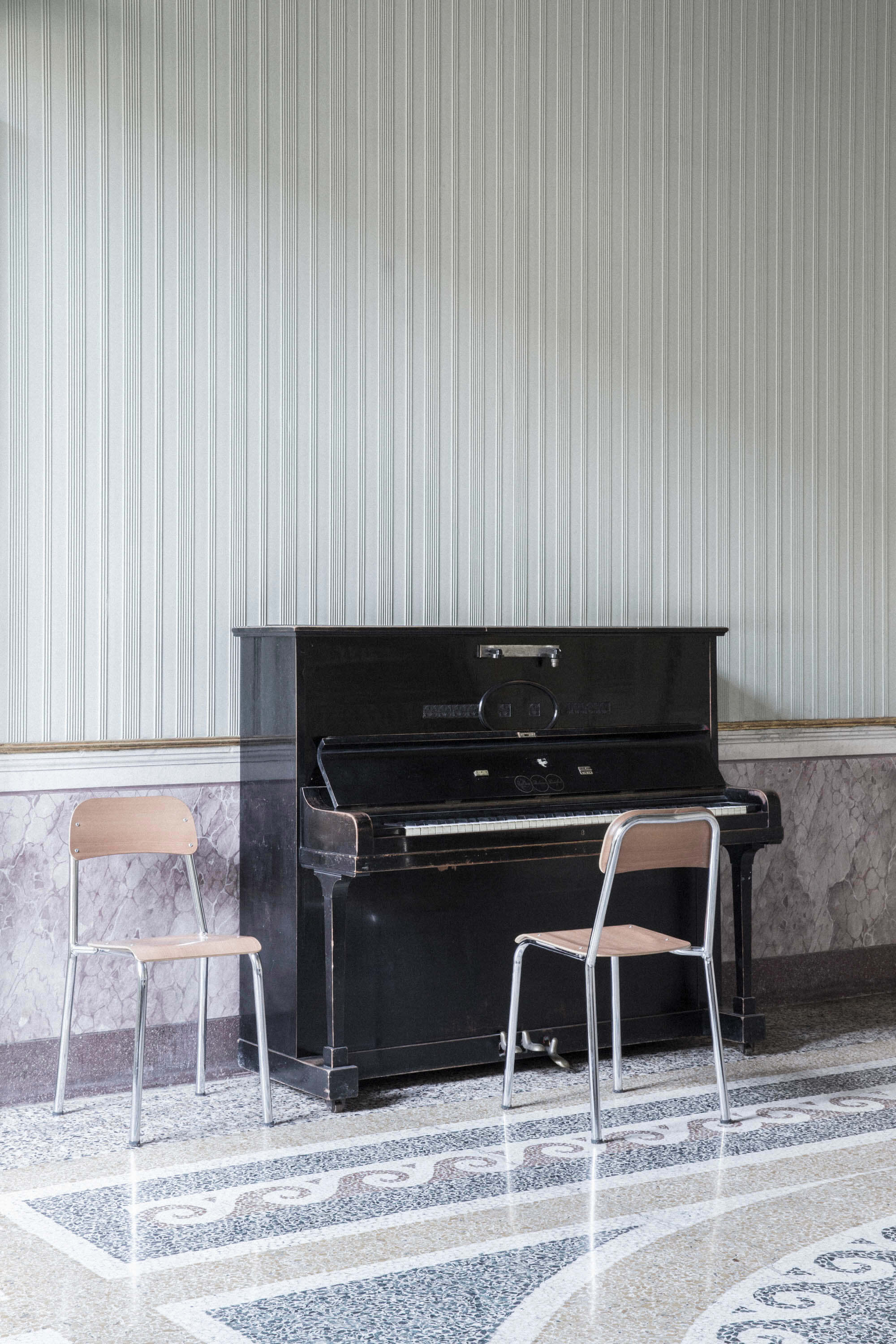
Milan’s route to – the now infamous – gentrification, in its slow and conservative way, is different from the phenomenon elsewhere: in London, New York, or in even Berlin for example, where, in just ten years, the regenerator’s knife sliced up almost all of the Prenzlauer Berg district’s former landmarks. In this slowness, and this almost automatic, unthinking respect for the past, Milan, which loves to imagine and talk of itself as the most European of Italy’s cities, luckily reveals its very Italian side. The same Italianness that the Milanese betray in the jealousy with which they cultivate their traditions, and their little secrets about the city. Whether they are the brioches they do at Marchesi, the ossuary of Santo Stefano, the elegant Villa Necchi Campiglio or the discreet little Parco Montanelli, every Milanese has his or her own personal map of what makes the city special.
Some time ago I saw a documentary about the life of Inge Feltrinelli, the widow of Giangiacomo and grande dame of Milanese publishing, to whom Milan owes a lot. Not yet thirty, Inge – who was a friend of Hemingway, Picasso, Warhol and Capote, and had frequented the most exclusive salons of 1960s world culture – could have chosen to live anywhere: New York, London, Paris, Los Angeles. She chose Milan, out of her love for Giangiacomo, but also because, as she said in the documentary, “in the 1960s it had nothing to envy any other city in the world”.
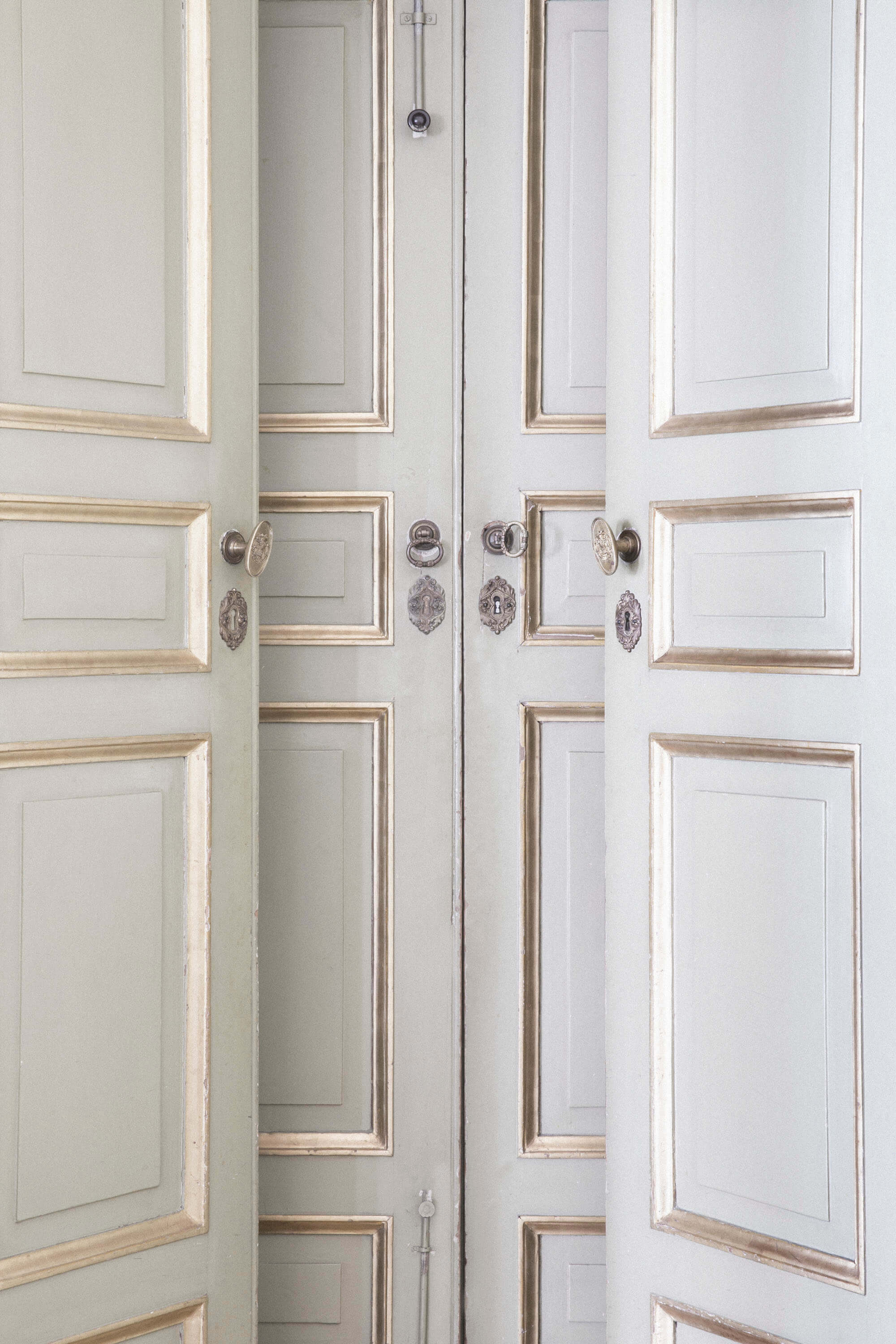
Four or five years ago, when Milan was at one of its lowest points, not even the most optimistic person would have put their name to a sentence like that. Even to do so today would still perhaps be rash and premature. There is a lot of work to do. For example, it remains to be seen what the new city councillors will decide to do with the ex-railway yards: some large green areas at last, or more housing. These and other choices will tell us if Milan wants to continue to exit its comfort zone, as I, old/new-blood Milanese, have seen happen – from a distance but with great pleasure – in the last forty-eight months.
